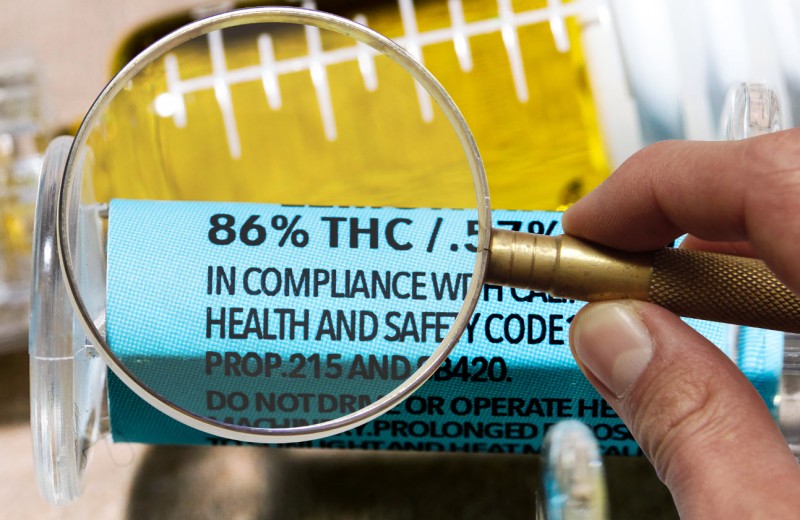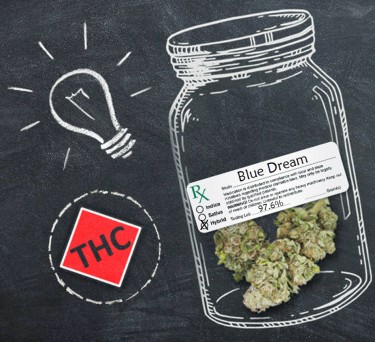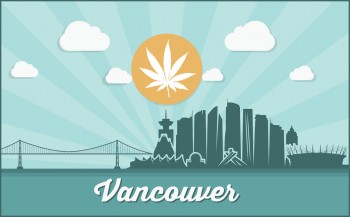
As attitudes toward cannabis continue to evolve, so too does our understanding of its potency, particularly concerning the psychoactive compound THC. Tetrahydrocannabinol (THC) is the primary chemical responsible for the euphoric effects commonly associated with cannabis consumption. However, the definition of what constitutes "high THC" content remains a subject of debate and regulatory scrutiny. In this era of expanding legalization and commercialization, it's essential to delve into the nuances of THC potency and its implications, especially regarding consumer safety and regulatory compliance. Additionally, exploring whether the criteria for high THC content differ between states is crucial for understanding the broader landscape of cannabis regulation and its impact on both consumers and the industry. By examining these aspects, we can gain insights into the complexities of cannabis policy and its intersection with public health, consumer preferences, and legal frameworks.
Understanding THC Potency Levels
Determining what constitutes high THC potency in the context of cannabis use is a complex process that depends on several factors. Tetrahydrocannabinol, or THC, is the main psychoactive ingredient in cannabis and is what gives the plant its well-known euphoric effects. High potency cannabis strains have historically been defined as those with THC contents above 20%. Different specialists and regulatory authorities have different viewpoints, therefore this criterion isn't something that's widely accepted. While some contend that THC concentrations over 15% should be considered high potency, others support a higher standard of 25% or more. Additionally, advancements in cultivation techniques have led to the development of ultra-potent strains boasting THC concentrations well above 30% or even 35%. This variability underscores the complexity of defining high THC content and highlights the need for standardized criteria to guide both consumers and regulators.
Furthermore, comprehending high THC potency entails looking beyond simple numerical boundaries and exploring the whole picture of cannabis use. What each user considers high potency varies greatly depending on factors including intended effects, ingestion techniques, and individual tolerance levels. Even modest THC levels can have significant impacts on inexperienced users or those with lesser tolerances; experienced users, on the other hand, could go for items with higher concentrations for more potent effects. Furthermore, the mode of ingestion—smoking, vaping, edibles, or concentrates—can affect the strength and speed at which THC effects manifest. As a result, identifying excessive THC concentration necessitates a sophisticated method that takes into account user preferences and consumption patterns in addition to numerical criteria.
The rise in THC strength found in cannabis products has spurred debates over use guidelines, safety, and effectiveness. Excessive potency raises concerns about potential negative consequences, especially for inexperienced users or those prone to cannabis-related disorders, even while it may appeal to those customers seeking extreme euphoric experiences or substantial medicinal advantages. Public health experts and regulatory bodies also struggle to strike a balance between protecting consumer access, guaranteeing product safety, and minimizing possible risks related to high THC levels. To address these issues and provide consumers the capacity to make responsible decisions, education programs that support harm reduction techniques and informed consumption habits are crucial. In the end, identifying high THC concentration necessitates a thorough comprehension of its effects on specific users as well as larger public health and legal systems.
Variations in State Regulations: The Legal Landscape of THC Content
varying states in the US have varying restrictions as a result of the legalization of cannabis for both medical and recreational use. The way THC potency is handled and regulated has changed significantly as a result of this decentralized approach. While some jurisdictions have set explicit limits on the maximum amount of THC that may be included in cannabis products, others have left it up to the producers or placed limitations in place through testing and labeling regulations. Because of this, different states may have rather different standards for what constitutes high THC concentration, which presents problems for growers, users, and authorities alike.
Regulatory bodies frequently establish maximum THC restrictions for different product categories, including as flower, concentrates, edibles, and infused items, in jurisdictions where cannabis is legal. By prohibiting the sale of goods with excessive potency, these limitations aim to protect consumer safety and standardize potency levels. States differ greatly in their precise criteria, though. Some have conservative limitations in place to reduce the possible hazards associated with excessive THC intake, while others permit greater potency products to meet customer demand. Furthermore, there might be variations in the techniques employed to measure THC levels, which can cause disparities in the potency reported and make it more difficult for companies with different locations to comply with regulations.
THC regulations are inconsistent, which presents a problem for industry participants as well as consumers. Consumers may find it difficult to understand the wide range of THC potency standards, particularly if they travel between states or buy products from different markets. Manufacturers may also find it more difficult to sell their products because they will have to reformulate or modify their products to meet the requirements of each jurisdiction. Manufacturers may also find it more expensive to produce their products. To address concerns and standardize laws while preserving each state's ability to regulate cannabis inside its boundaries, state governments, regulatory bodies, and industry players may need to work together in order to achieve such consistency.
Bottom Line
In the dynamic landscape of cannabis legalization and regulation, defining high THC content remains a multifaceted challenge. While historically THC concentrations above 20% have been indicative of high potency, discrepancies arise due to differing viewpoints among specialists and regulatory bodies, compounded by factors such as cultivation advancements and ingestion methods. Understanding high THC potency extends beyond numerical thresholds, encompassing individual tolerance levels, intended effects, and consumption preferences, with novice users potentially more susceptible to even modest THC levels while experienced users may seek higher concentrations for pronounced effects. The mode of ingestion further complicates potency assessment. Additionally, the emergence of ultra-potent strains sparks discussions on safety, efficacy, and consumer preferences, necessitating education and harm reduction strategies, especially for inexperienced users. Regulatory frameworks governing THC content vary widely between states, ranging from explicit limits to decentralized approaches, posing challenges for industry participants and consumers, leading to inconsistencies in product availability and compliance. Achieving consistency in THC regulations while respecting state autonomy demands collaboration among governments, regulatory bodies, and industry stakeholders to ensure consumer safety and product quality across diverse markets, vital as attitudes toward cannabis continue evolving, requiring comprehensive approaches to address THC potency's complexities and regulatory implications for responsible consumption and public health.







